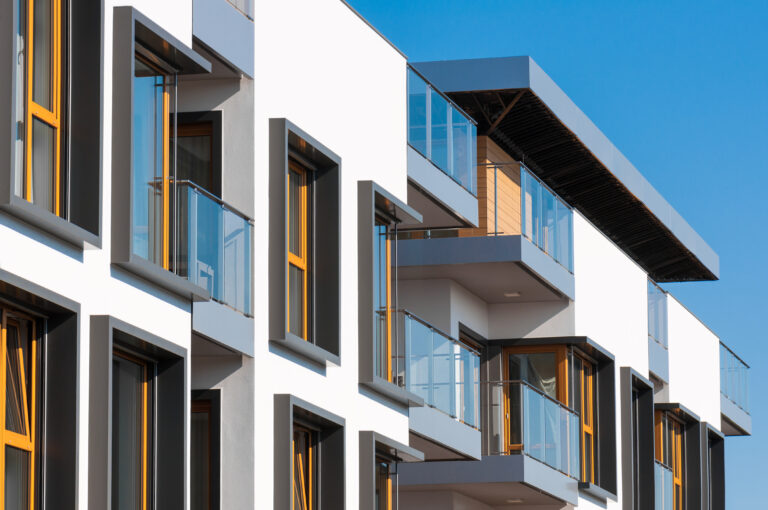The more rooms you have, the more people you can rent your property to. But this doesn’t always equate to the best yields or business model in buy-to-let investment.
When deciding on what size property to purchase for a buy-to-let investment, a number of factors need to be taken into account. From studio apartments to houses in multiple occupation (HMOs), all property types will be in demand to varying degrees in different areas – and your budget will also come into it.
The best yields
New research by Howsy has found that yields for landlords are highest for two-bedroom properties in the UK. Looking at the average purchase price compared to rental income, the average yield for a two-bedroom buy-to-let in England is currently (as of February 2020) 4.8%.
By comparison, one-bedroom properties take in an average yield of 4.1%, with 4.5% for a three-bed and 3.6% for a four-or-more bedroom home.
Regionally, the north of England achieves the highest yields overall, and the best yields for a two-bedroom property, according to the research. In the north-east, average yields were 5.5%, while in the north-west they were 5.3%, and in Yorkshire and the Humber yields averaged 5.2% for a two-bed.
However, for investors in London, one-beds generate the highest yields at 4.6%. This can probably be put down to the high demand for smaller properties due to homes in the capital being so much more expensive.
Founder and CEO of Howsy, Calum Brannan, commented: “As a landlord, maximising the profitability of your buy-to-let investment is as vital now as it has ever been and property size and type are as important as location when it comes to doing so.”
The benefits of a smaller property
According to the team at BuyAssociation, which has investment opportunities across the UK but with a focus on the north-west, one-bedroom properties actually tend to prove slightly more popular than larger homes. This is partly attributed to the lower price points of one-bedroom homes, and yields in these properties are very competitive.
Whether you’re a first-time property investor or an expert with a portfolio, flats and apartments are an excellent option for buy-to-let. They tend to be located in urban areas where demand is high and amenities and transport links are close by, meaning plenty of professional tenants to fill the space.
Because prices for flats and apartments tend to be lower than for houses – depending on the area – they are also a good way of diversifying your assets if you plan on investing in more than one property, or if your budget is low.
One advantage of a two-bedroom property over a one-bed is that tenants may be more likely to stay for longer. For example, a two-bed can be shared between friends, or a couple who may wish to start a family can use the second bedroom for this purpose and will not necessarily need to move to a bigger place. Minimising void periods is a key part of any property investor’s strategy.
The benefits of a larger buy-to-let
More rooms doesn’t necessarily mean more rent, unless your property is an HMO. For example, a three-bedroom property rented out as one home to a family will bring in only one monthly rent payment – and if the family moves out, the whole property is then vacant to be filled by new tenants. A large family home is also likely to come at a higher price than a flat or apartment.
HMOs operate differently. A property is considered an HMO when three or more unrelated people are living together with shared bathroom and kitchen facilities (the full definition can be found here). This essentially means each room is rented out under a separate tenancy contract, so if one person moves out, you will still be getting rental income from the other rooms until you find a replacement.
This often means that HMOs can command higher yields than a standard larger property. They are a hugely popular way for an investor to diversify their portfolio. The downsides are that they tend to have larger costs at the outset – the more expensive a property is, the higher the stamp duty and other charges will be. Some HMOs also require licences to operate, as well as other stipulations that don’t apply to a traditional buy-to-let. Read this article for more pros and cons of HMOs.
What size is best?
Ultimately, there is no ideal number of bedrooms for a successful buy-to-let property investment. Making the best decision will depend on your investment strategy, your budget, the location you’d like to buy in, and tenant type and demand in that area. While the research above shows that yields may be higher for a two-bedroom property, taking all these factors into account is likely to lead to the best investment decision for you.
If you’re looking for your next property investment opportunity, or need advice on how to invest and where, get in touch with the team at BuyAssociation. You can also browse some of our current property investment options here.










